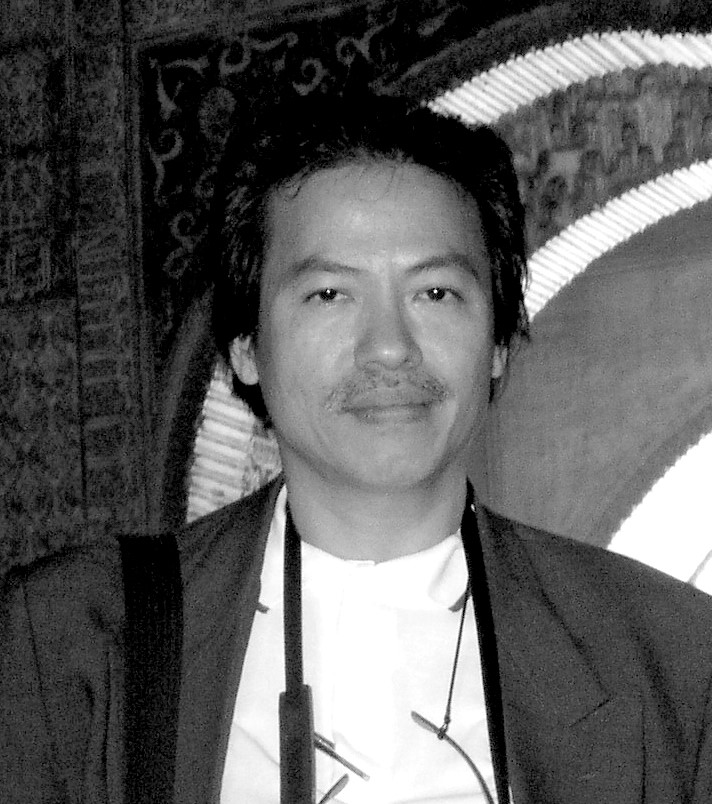Sun Yat Sen In Penang
By Khoo Salma Nasution: Areca Books. 2008, 128 pages.
Few dates in East Asia’s recent past act so well as a watershed for the scholar writing on the modern history of the region as October 10, 1911 does. On that day, the Wuchang Uprising in China started what became known as the Xinhai Revolution that effectively ended China’s dynastic history on February 12, 1912. That day, the last emperor, Pu Yi, abdicated, and the Republic of China came into being.
Today, exactly a century later, China, India and Korea, among other Asian polities, have joined Japan as major economic powers. This conjures images of the future that require scholars in the region and elsewhere to revisit events of the past. More excitingly, we are forced to ponder some concepts we take for granted today.
For example, we are unable to understand how unthinkable the phrase “Republic of China” was a hundred years ago, not to mention “People’s Republic of China”. For all but a small handful of educated Chinese, China had to have an emperor. Putting “republic” together with “China”, in any language, was to speak nonsense.
One of those who could think of a China without an emperor in the late 19th century was Dr Sun Yat Sen (aka Sun Zhongshan). What was also highly significant about him was that he was educated overseas. In 1894, at the age of 28, he founded his first revolutionary organisation, the Xingzhonghui (Revive China Society). This was in Honolulu.




